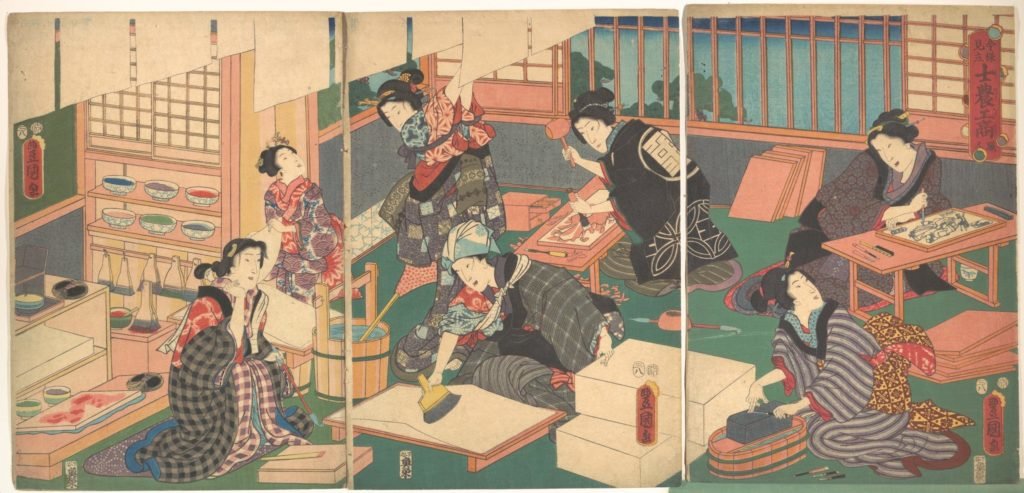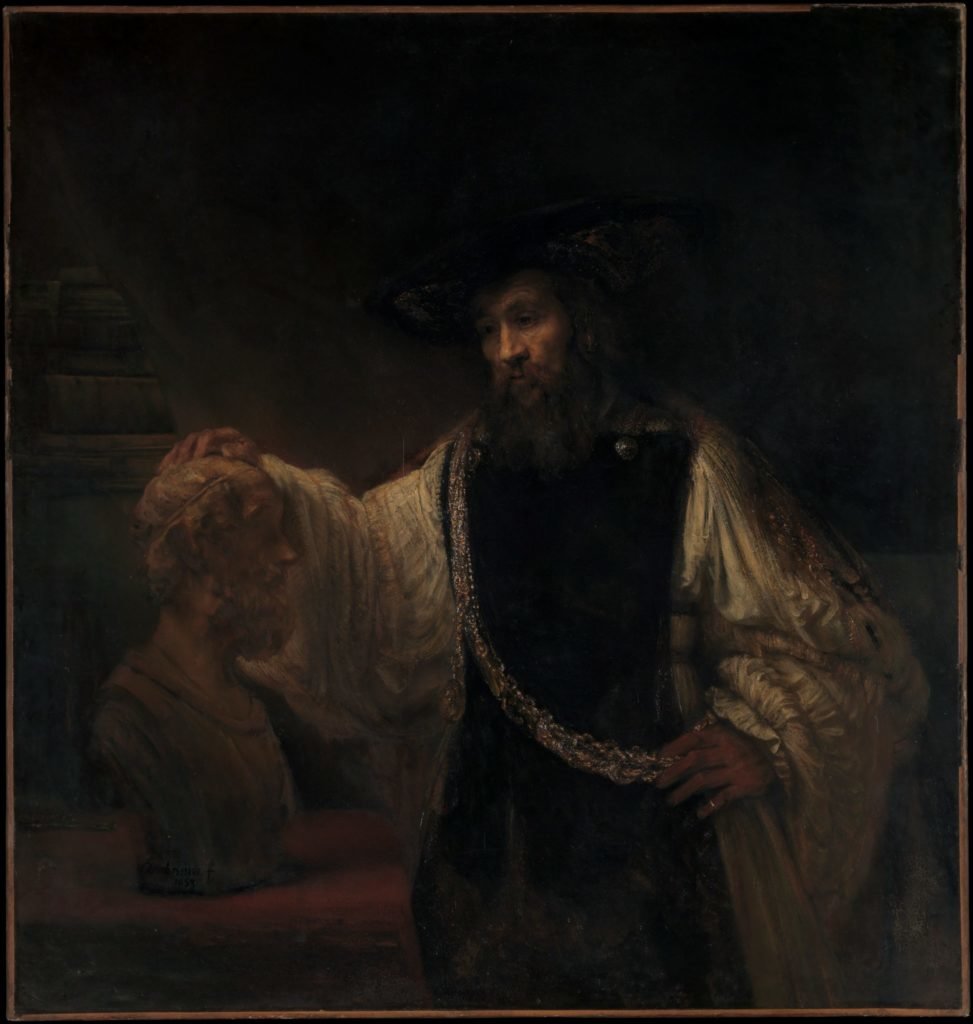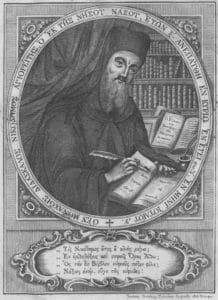A good teacher will imitate the virtues he or she wishes the students to achieve and create opportunity for the students to practice those virtues. Often virtue is discussed as a craft that a craftsman must both be taught to do and spend years practicing to get better. Just as someone cannot learn to sew without a teacher to teach the technique that the student can emulate, or without practicing sewing for a very long time, so students need to both have a master teach and emulate virtues and a classroom that lends itself to practicing those virtues. Ergo, when you want your students to have humility in their approach to the texts you study, start by demonstrating that virtue yourself. Then require the students do the hard work of practicing the virtuous skill of humility.

In the second book of Aristotle’s Nicomachean Ethics, he writes:
Neither by nature, then, nor contrary to nature do the virtues arise in us; rather we are adapted by nature to receive them, and are made perfect by habit. Again, of all the things that come to us by nature we first acquire the potentiality and later exhibit the activity (this is plain in the case of the senses; for it was not by often seeing or often hearing that we got these senses, but on the contrary we had them before we used them, and did not come to have them by using them); but the virtues we get by first exercising them, as also happens in the case of the arts as well. For the things we have to learn before we can do them, we learn by doing them, e.g., men become builders by building and lyre-players by playing the lyre; so too we become just by doing just acts, temperate by doing temperate acts, brave by doing brave acts. This is confirmed by what happens in states; for legislators make the citizens good by forming habits in them, and this is the wish of every legislator, and those who do not effect it miss their mark, and it is in this that a good constitution differs from a bad one. Again, it is from the same causes and by the same means that every virtue is both produced and destroyed, and similarly every art; for it is from playing the lyre that both good and bad lyre-players are produced. And the corresponding statement is true of builders and of all the rest; men will be good or bad builders as a result of building well or badly. For if this were not so, there would have been no need of a teacher, but all men would have been born good or bad at their craft. This, then, is the case with the virtues also; by doing the acts that we do in our transactions with other men we become just or unjust, and by doing the acts that we do in the presence of danger, and being habituated to feel fear or confidence, we become brave or cowardly. The same is true of appetites and feelings of anger; some men become temperate and good-tempered, others self-indulgent and irascible, by behaving in one way or the other in the appropriate circumstances. Thus, in one word, states of character arise out of like activities. This is why the activities we exhibit must be of a certain kind; it is because the states of character correspond to the differences between these. It makes no small difference, then, whether we form habits of one kind or of another from our very youth; it makes a very great difference, or rather all the difference.

St. Nicodemos of the Holy Mountain advises:
The virtues bring delight and joy not because we have the habit of virtue, but when we actually practice them actively. In other words, the merciful person does not rejoice and find delight only when he has the habit of charity in his heart, but rather when he activates this disposition and actually practices charity. An artist or craftsman does not experience delight when he does not practice his skill or his art, but rather when he actually practices it. This is why one must first practice the virtues until he acquires their habit, which is often called “a second nature.” After the habit is acquired the virtues are then practiced for their delight, for the first acts of virtue have no joy, when they are done with strain and difficulties until the habit is established. These first acts of virtue may be likened to the planting of a tree. The habit of virtues may be likened to the tree that has taken root and has blossomed. The acts of virtue that follow after the habit is established are likened to the tree bearing fruit.



